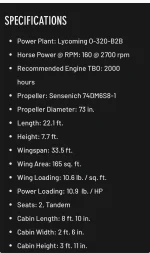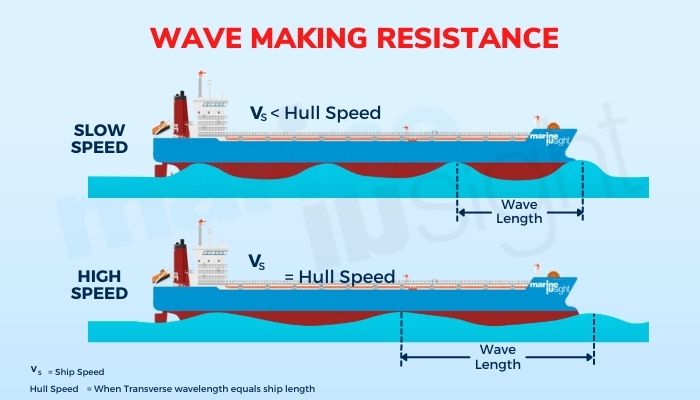I have an Adventurer, with the Lycoming 0-320-B2B and a SENSENICH 74DM6S8-1-56 prop.
Does anyone have any experience with re-pitching the propeller for higher cruise speed?
Any real world numbers would be helpful.
I’ve checked with MT and it doesn’t seem like they offer a propeller for this airplane that has been STC’d.
I’m trying to figure out if repitch is worth pursuing and what my other options are for better cruise performance.
Thanks in advance.
Does anyone have any experience with re-pitching the propeller for higher cruise speed?
Any real world numbers would be helpful.
I’ve checked with MT and it doesn’t seem like they offer a propeller for this airplane that has been STC’d.
I’m trying to figure out if repitch is worth pursuing and what my other options are for better cruise performance.
Thanks in advance.



